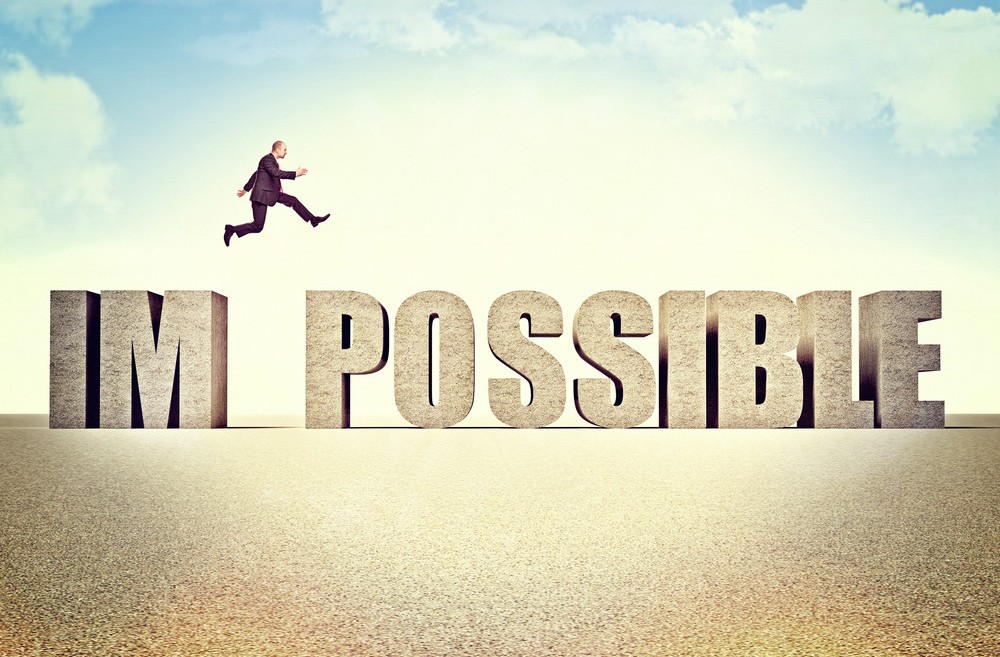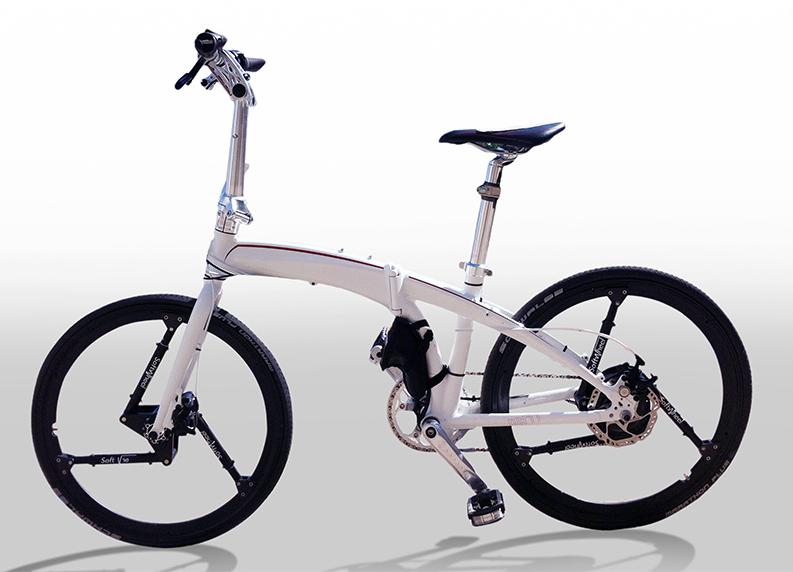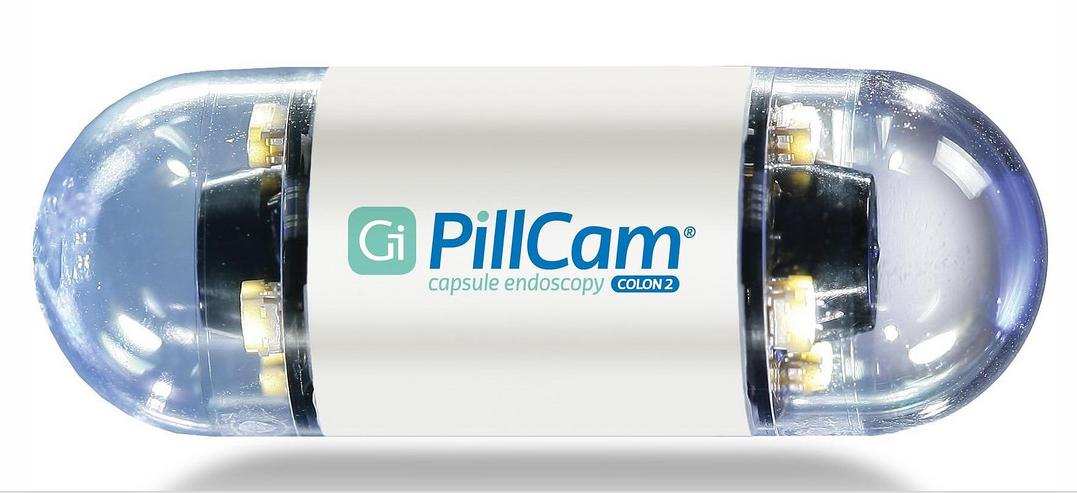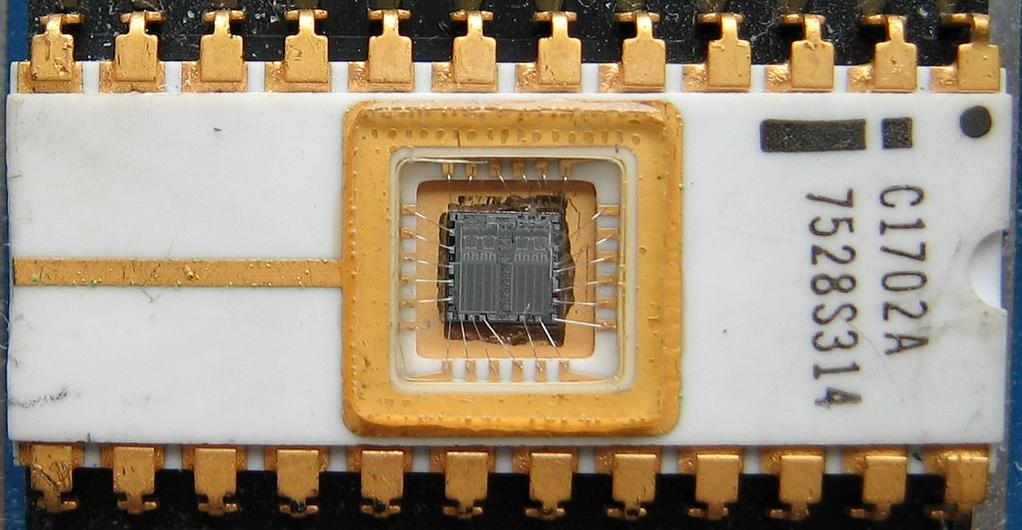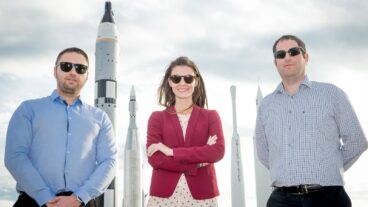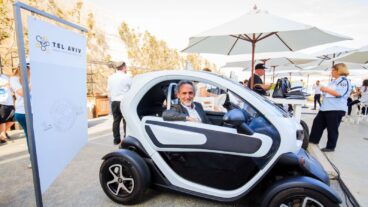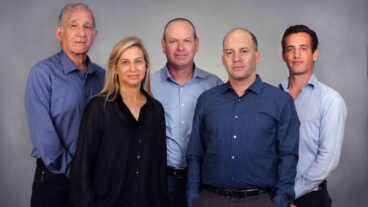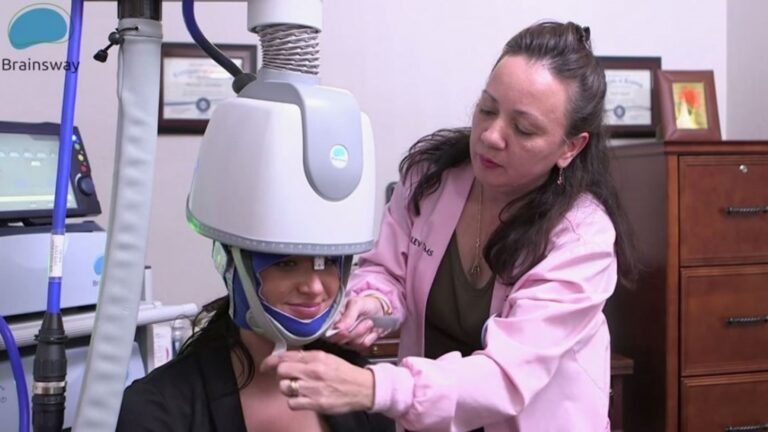Tell an Israeli his or her invention idea is preposterous, and you’ve just given that inventor a reason to see it through.
Whether it was planting crops in the desert or building a crowdsourced navigation app, most groundbreaking Israeli innovations were initially dismissed as impossible – until bold action turned them into reality.
“When you try to break new frontiers, sometimes what you do doesn’t seem to make sense,” says Avi Hasson, chief scientist of the Israeli Ministry of Economy. “The issue is not about the idea but the action. You need to go out there and figure it out.”
Israelis love solving problems, Hasson tells ISRAEL21c.
An educational culture that encourages questioning and independent thinking, and innovating on the fly in the military, leads Israelis to read the word “impossible” as “I’m possible.”
“Commanders in the field are not supposed to rely on the generals to solve their problems; they’re expected to take responsibility to solve things by themselves, understanding that failure is an option,” Hasson explains.
“And in the technological units, on a daily basis you’re expected to do the impossible with few resources in a short time,” adds the chief scientist, whose office supports and encourages industrial research and development while sharing the risk inherent in such projects.
“In our office, we see thousands of risky endeavors each year, scientifically or on the business side,” says Hasson. “We get excited about such projects because we want to be an active partner in helping people take technological, financial and business development risks.”
Ultimately, he adds, Israelis are brilliant at outside-the-box thinking “because we have no choice. We’re a small country, far away from the market. We have to do things that are too tough and too scary for others.”
Here, ISRAEL21c takes a look at just a few of the amazing inventions once thought impossible.
1. Iron Dome
The Israeli defense establishment thought Brig. Gen. Daniel Gold had lost his mind in 2005 when he broached the idea for the mobile, all-weather missile-defense system that came to be known as Iron Dome.
Yet Gold forged ahead in blatant disregard of a Defense Ministry directive, quietly putting all the pieces in place to build the system over the course of the two years it took to wrest official approval. In 2012, this former “Don Quixote” won the Israel Defense Prize for spearheading the Iron Dome project, which saved untold numbers of Israeli lives by successfully deflecting Hamas missiles fired from Gaza in 2012 and 2014.
“I saw what was going on and I said to myself, with all the technology that exists in Israel we must use it to protect human life. We will find a way,” he told ISRAEL21c. “It always takes the political and military echelons a long time to think about what they want to do, and in the meantime we started to create a solution.”
2. Growing crops in the desert
In 1959, Shai Ben Eliyahu and Hagai Porat had the ridiculous notion of founding an agricultural venture at Ein Yahav, a dusty army base in Israel’s Arava Desert. “They were considered meshugenners, crazy people,” relates Aylon Gadiel, one of Ein Yahav’s 550 farmers and the former director of Arava R&D. “You couldn’t live in the Arava, let alone grow vegetables there. The Jewish Agency told them ‘no.’ So every Friday they went to the Tel Aviv headquarters of Mapai [Labor Party] and sat there until eventually David Ben-Gurion wrote them a letter.”
The founders dug a well to water a small vegetable garden, believing that the climate was perfect for veggies despite the arid soil. “It was proven that it is possible, and one reason is the development of drip irrigation in the beginning of the 1960s,” says Gadiel. By 1967, the government was helping to build infrastructure, and in 1986 the Jewish Agency launched Arava R&D to develop cutting-edge agriculture and aquaculture technologies.
And so this once-deserted 112-mile strip of land from the Dead Sea to the Red Sea grew to supply more than 60 percent of total Israeli exports of fresh vegetables and about 10% of ornamentals, including ornamental fish and novel varieties of produce.
Although this year the Arava’s large Russian export market has collapsed due to the fall of the ruble, Gadiel says that just means “it’s time to recalculate for the changing global market.” Nothing is impossible.
“The day I stood up, I knew I was about to cross the threshold from impossible to possible,” disabled US Army veteran Gene Laureano said in January 2013 when he strapped on the Israeli ReWalk robotic exoskeleton that enables people with lower-limb disabilities to walk.
Laureano’s “impossible” was also inventor Amit Goffer’s “impossible.” Larger and better-funded companies in other countries had long been trying to develop a similar device when Goffer made headlines in 2008 for inventing the world’s first commercially available upright walking technology. ReWalk has since become the most widely used and studied robotic exoskeleton, and the first available for personal ownership. Last year it enjoyed a $58 million IPO on Wall Street.
Goffer and colleagues worked on the groundbreaking invention for years before hitting the successful formula. He has said that in early meetings with potential marketing partners, “Many listeners did not believe me.” But ever since he was paralyzed in a 1997 accident, failure was never an option. “I know how it feels to sit in a wheelchair,” said Goffer of his determination to make the impossible possible.
Four years ago, investors rejected Rami Parham’s concept of a wearable device for interacting with one’s digital environment based on finger movement sensing. They doubted it could ever work technologically. But he didn’t give up, and when the wearable technology wave hit in 2013, Parham’s MUV Interactive was in the right place at the right time.
This summer, MUV will start shipping its ring-like Bird device to those who preordered it, and will simultaneously launch a major media and Kickstarter crowdfunding campaign.
Parham tells ISRAEL21c that the reaction of industry skeptics initially scared him, but his research and gut feeling propelled him to prove the naysayers wrong. “You get more confident when it hits you that no one else knows it’s possible. It gives you more energy to do it,” says Parham. Today many of those former doubters are lining up to buy a Bird or to forge partnerships with MUV Interactive.
5. Powermat
The idea for Powermat – a cord-free charging surface — was sparked by a 2006 conversation between entrepreneurs Ran Poliakine and Amir Ben-Shalom. Others had tried inventing such a device without success, but the men forged ahead even when potential partner companies declined to gamble on their idea.
“All of them said it was great, but nobody was willing to fire the first shot — to ‘cut the cables’ in favor of wireless,” Poliakine told ISRAEL21c. Eventually, a deal with Procter & Gamble (which owns Duracell) led to a series of wireless charging solutions for iPhones and other smartphones.
Then came partnerships with AT&T, Best Buy, Starbucks, McDonald’s, General Motors and other major companies. “We understood that for this revolution to take hold, we would have to create an entire ecosystem. We have to surround consumers 360 degrees, based on where they spend their time away from home, such as airports, train stations, concert halls, universities and restaurants,” Poliakine told ISRAEL21c.
6. An insulin pill
For the past century, scientists tried in vain to devise a pill instead of an injection to control blood glucose in diabetics. And then, 25 years of dogged trial and error by Hadassah University Medical Center researcher Miriam Kidron resulted in a revolutionary way to deliver large-molecule polypeptides, such as insulin and vaccines, by mouth.
Oramed Pharmaceuticals, the company her son Nadav established to commercialize this invention, currently is in advanced FDA clinical trials for both type 1 and type 2 diabetes. The company’s proprietary technology potentially can be used to orally administer other protein-based therapies now available only via injection.
“When they initiated this project almost 30 years ago at Hadassah, trying to get insulin delivered orally looked almost impossible,” Kidron told ISRAEL21c. “Today it’s just a matter of time till it’s on the market.”
7. SoftWheel
Many others tried without success to put suspension into wheelchair and bicycle wheels. An Israeli team was the first to make it happen by scrapping the traditional mode of attaching shock absorbers to the wheel. SoftWheel engineers instead incorporated the suspension system inside a spoke-less wheel in order to disperse energy in a whole new way.
The company’s patented Selective Symmetric Suspension System detects obstacles and shifts the wheel’s hub to give a cushioning effect that dramatically absorbs and lessens the impact transferred to the rider. Recently, the Tel Aviv-based company revealed that several electric vehicle companies are interested in SoftWheel technology, which could also improve airplane wheels.
“Why didn’t anybody do this before? Because it’s not as easy as it looks,” CEO Daniel Barel told ISRAEL21c. “Everybody else tried to fine-tune current technology into a wheel. We literally had to reinvent the wheel and a brand-new technology for suspension. And we discovered it is not only suitable for wheelchairs but as a platform for anything that has wheels.”
8. PillCam
In 2001, when Gabriel Meron introduced the world’s first video pill to image the digestive system, everyone from consumers to doctors to technologists was astonished. It seemed that Meron and his company, Given Imaging, had brought to life the sci-fi flick Fantastic Voyage, using a tiny ingestible camera and transmitter instead of Raquel Welch. The invention was even featured on Ripley’s Believe It or Not.
“But as impossible as creating a successful video pill seemed to Meron and everyone but inventor Gabi Iddan, the ability to pull off all the other aspects of bringing the product to all the world’s major markets, with regulatory approval, in just three years may have seemed even more daunting,” notes Daniel Isenberg in his 2013 book Worthless, Impossible and Stupid: How Contrarian Entrepreneurs Create and Capture Extraordinary Value.
Given Imaging aced even that seemingly incredible feat, and today PillCam products are used in a quarter of a million medical imaging procedures annually in more than 70 countries. It’s become the gold standard for “capsule endoscopy,” a category that did not exist before Meron and Iddan created the impossible.
Three highly respected engineers told serial inventor Izhar Gafni that there was no way to actualize his concept of building bicycles out of sturdy cardboard. The durable and inexpensive bike is nevertheless rolling closer to reality.
“After I was told it’s impossible, I sat down and looked at everything and said, ‘Okay, we can do it.’ We’ve done impossible things with agriculture and military and high-tech, science; I just thought, if they could do it, I can do it too,” Gafni told ISRAEL21c in a video about his company, Cardboard Technologies.
“If we had $10 for every time we heard ‘impossible,’ probably we wouldn’t need any fundraising for our company,” said Cardboard Technologies CEO Nimrod Elmish at the Beyond 2015 conference in New York. Elmish revealed that their products from various scrap materials will be on the market within a few years and could be distributed for free in disadvantaged countries through corporate or governmental sponsors.
10. Erasable computer memory
At the beginning of the 1970s, Israeli electrical engineer Dov Frohman achieved the impossible when he invented the EPROM (erasable programmable read-only memory), a chip that could also retain its data when the power supply was switched off – a critical advance for personal computing.
This first-ever erasable and reprogrammable chip won an Israel Prize for Frohman, who was among the founders of Intel, and it was responsible for Intel’s decision to establish a branch of the multinational company in Israel.
Since then, many other pioneering products have come out of Intel R&D labs in Israel, including the 8088, Pentium, Centrino, Sandy Bridge, Ivy Bridge and Thunderbolt core processor technologies and the tiny Edison computer. Today, Intel has four development centers and two manufacturing plants in Israel.
11. Waze
When the visionary founders of Waze proposed changing the paradigm of direction assistance for drivers, nobody thought it would ever take off – and certainly nobody thought that in a few short years Waze would be the world’s largest community-based traffic and navigation app.
The “crazy” idea that launched the crowdsourced app was to create a map from real-time users rather than basing directions on an existing static map. Not only did this revolutionize the way people reach their destinations, but the app was even used by the US government to steer drivers to open gas stations following the devastation of Hurricane Sandy in 2012.
Google bought Waze in 2013 for $1.03 billion, cementing the Israeli company as successful leader of a tech trend that has spawned about a dozen copycats.
12. Brainsway Deep TMS depression treatment
The quest to learn more about the human brain is a top priority in Israel, where out-of-the-box thinkers are not only investigating the mysteries of the brain but also devising novel treatments for otherwise incurable brain diseases.
Brainsway’s noninvasive, drug-free, zero side effect Deep TMS (magnetic transcranial stimulation) system is CE cleared in Europe for autism, Alzheimer’s, bipolar disorder, chronic pain, major depressive disorder, Parkinson’s, schizophrenia, smoking cessation, post-traumatic stress disorder, multiple sclerosis, obsessive-compulsive disorder and stroke rehabilitation.
Following more than 60 clinical trials worldwide, Brainsway received US Food & Drug Administration approval for the treatment of drug-resistant depression.
Other Israeli brain science companies are making strides also thought impossible, such as ElMindA a pioneering, noninvasive brain-function analysis system; and Novocure’s noninvasive Tumor Treating Fields (TTFields) to treat cancers that have spread to the brain.




